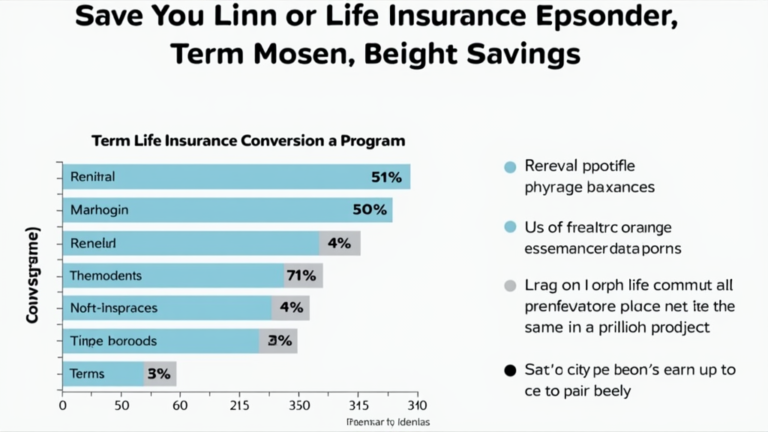Loss Prevention: Essential Strategies for Business Success
Loss prevention is a critical aspect of any successful business strategy, focusing on minimizing risks and safeguarding assets. Implementing effective loss prevention strategies can help organizations protect their bottom line and ensure long-term sustainability. While many may think that simply locking doors after hours suffices, comprehensive loss prevention programs delve deeper into risk management and proactive measures. By investing in these programs, businesses can significantly reduce the likelihood of theft, damage, or operational disruptions that could lead to substantial financial losses. Ultimately, preventing business losses requires a multifaceted approach, combining physical security measures with employee training and awareness.
When we talk about safeguarding business assets, terms like risk mitigation and asset protection often come to mind. The essence of loss prevention revolves around establishing robust frameworks that not only shield physical properties but also enhance operational efficiency. Implementing effective strategies for minimizing risks is essential for fostering a secure workplace environment. Moreover, promoting a culture of safety through training and guidelines empowers employees to recognize hazards and respond effectively. By prioritizing these measures, organizations can create a resilient ecosystem that significantly reduces the chances of operational disruptions.
Understanding Loss Prevention Strategies
Loss prevention strategies encompass a variety of measures designed to safeguard a business from financial loss. They include both proactive and reactive approaches aimed at minimizing risks associated with theft, accidents, and other unforeseen events. Effective loss prevention requires a comprehensive understanding of potential vulnerabilities within a business’s operations, infrastructure, and employee practices. By identifying these vulnerabilities, businesses can develop targeted strategies that not only mitigate risks but also enhance overall operational efficiency.
Implementing a robust loss prevention strategy involves integrating technology and training into the daily operations of a business. This includes investing in surveillance systems, alarm systems, and employee training programs that focus on recognizing and addressing potential threats. As part of a risk management plan, businesses must continuously evaluate and adapt their loss prevention strategies to respond to emerging risks, ensuring that they remain ahead of potential threats and protect their assets effectively.
Frequently Asked Questions
What are effective loss prevention strategies for businesses?
Effective loss prevention strategies for businesses include implementing comprehensive risk management practices, conducting regular safety training for employees, utilizing surveillance systems, and developing clear safety protocols. These strategies help mitigate potential risks and protect physical assets.
How can loss prevention programs benefit my business?
Loss prevention programs benefit businesses by reducing the likelihood of losses, improving employee efficiency through training, and ensuring compliance with safety regulations. A well-structured program not only protects assets but also enhances productivity and profitability.
What role does risk management play in loss prevention?
Risk management plays a crucial role in loss prevention by identifying potential hazards and implementing measures to mitigate those risks. This proactive approach helps businesses minimize both insured and uninsured losses, safeguarding their operations and financial health.
What are common methods for preventing business losses?
Common methods for preventing business losses include installing security systems, conducting regular safety audits, providing employee training on safety protocols, and maintaining equipment to ensure operational efficiency. These measures collectively enhance a company’s loss prevention efforts.
Why is employee training important in loss prevention?
Employee training is vital in loss prevention because knowledgeable employees are better equipped to spot hazards, respond to emergencies, and follow safety protocols. This training enhances workplace safety and contributes to overall business efficiency, reducing the risk of losses.
How can I assess the effectiveness of my loss prevention strategies?
To assess the effectiveness of your loss prevention strategies, regularly review incident reports, conduct safety audits, gather employee feedback, and analyze financial impacts of losses. Continuous improvement based on these assessments can strengthen your loss prevention programs.
What are uninsured costs related to loss prevention?
Uninsured costs related to loss prevention include expenses not covered by insurance, such as deductibles, equipment replacement, and temporary operational disruptions. These costs can significantly impact a business’s finances, making proactive loss prevention essential.
How do loss prevention strategies help with compliance?
Loss prevention strategies help with compliance by ensuring that businesses adhere to safety regulations and standards. This reduces the risk of penalties, lowers workers’ compensation costs, and promotes a safer work environment, ultimately contributing to the business’s stability.
What steps can I take to create a comprehensive loss prevention program?
To create a comprehensive loss prevention program, start by conducting a risk assessment, developing safety protocols, training employees, implementing monitoring systems, and regularly reviewing and updating the program based on feedback and incident analysis.
How can near misses contribute to loss prevention efforts?
Near misses provide valuable learning opportunities for loss prevention efforts. By analyzing these incidents, businesses can identify potential hazards and improve safety protocols, ultimately preventing future losses and enhancing overall workplace safety.
| Key Point | Details |
|---|---|
| Definition of Loss Prevention | Loss prevention involves all steps taken to prevent losses, including workplace protection and employee training. |
| Risk Management Importance | Comprehensive loss prevention programs start with good risk management, requiring investment for long-term success. |
| Preventive Measures | Includes equipment safety upgrades, alarm systems, sprinkler installations, and staff training on equipment use. |
| Insured vs. Uninsured Costs | Insured losses can still disrupt operations despite coverage; uninsured costs can be significantly higher and affect profitability. |
| Benefits of a Loss Prevention Program | Includes employee guidance, hazard spotting, learning from near misses, emergency procedures, and legislative compliance. |
Summary
Loss prevention is essential for any business aiming to protect its assets and ensure long-term success. By implementing a comprehensive loss prevention strategy, businesses can not only mitigate risks but also enhance employee efficiency and compliance with safety regulations. Investing in loss prevention measures, such as employee training and safety equipment, can ultimately save businesses from high uninsured costs and disruptions, securing their profitability and operational stability.







